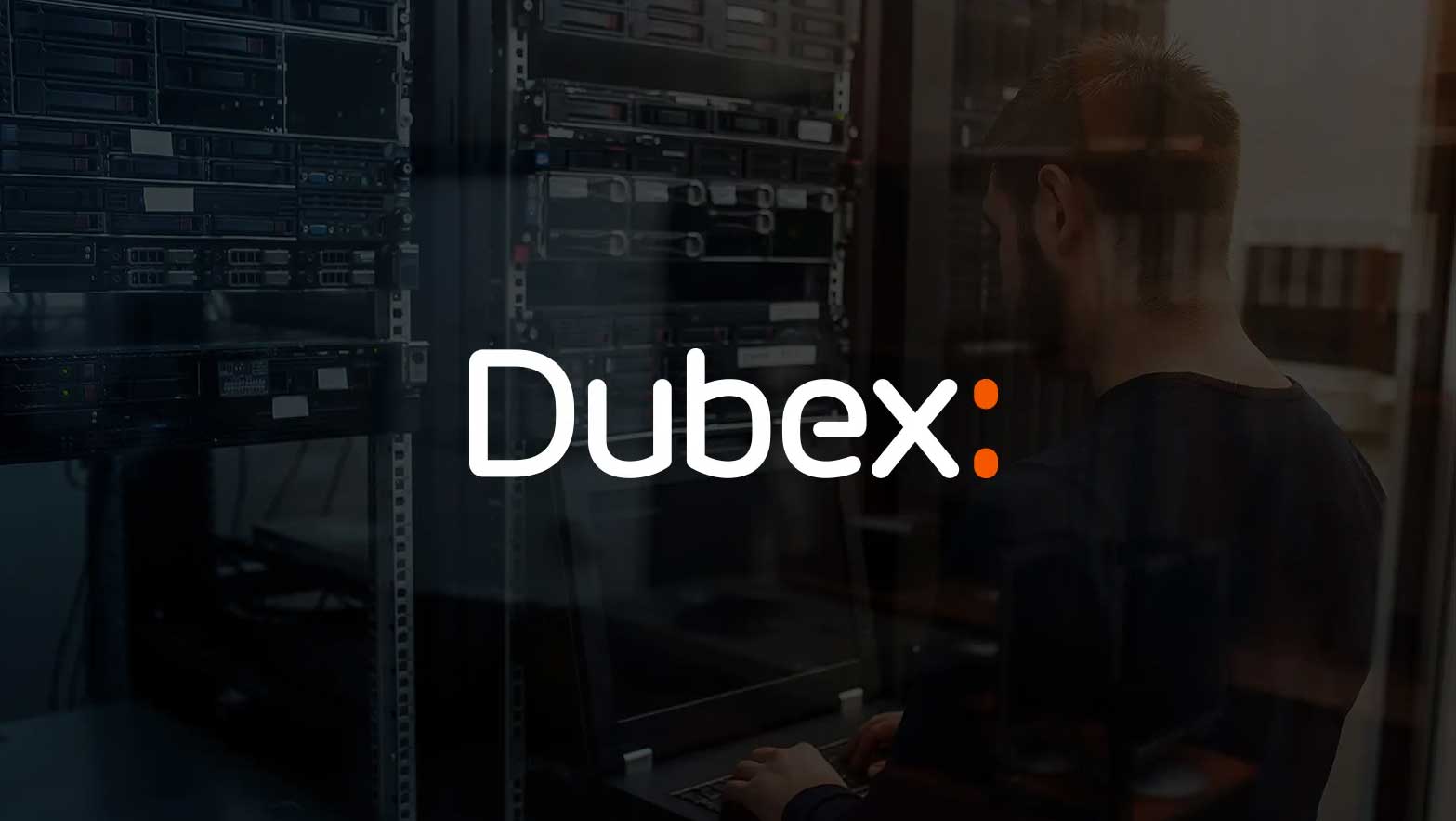
As the economy continues to strengthen, along with consumer confidence, we are seeing a much wiser business consumer born from the ashes. After the boom years, the recession taught businesses to optimise the assets they have to get the best value for their investment and, if we’re honest, avoid unnecessary capital expenditure.
It makes sense to protect our investments and get the most from what we have. These lessons should not be forgotten. Businesses will remain much leaner and much fitter if we continue to interrogate every investment for its value. In IT terms, it’s not just capital expenditure that plays a part, but also space. Physical space in data centres is at a premium, as is digital space on networks. Virtualisation and optimisation at every point of the network, from the data centre architecture to the applications it runs, ensures efficient use of resources. The balance is ensuring those systems are effective and fit for purpose as well as economically and practically efficient. Our businesses depend on the reliability and accessibility of our business applications, which in turn depend on the reliability of the data centre. Considering no two data centres are the same, and any number of configurations of hardware and software are at play, getting that optimum balance of efficiency and effectiveness can be complex. As various hardware is replaced, or new applications added, efficiencies can be lost. Smart businesses realise that regular IT health checks are the simplest way to establish where improvements can be made to your network. Software enhancements, fault analysis, preventative maintenance and appropriate backups can all improve the health of a network. Monitoring your system against predetermined service level agreements provides a benchmark to ensure the system runs efficiently and provides an early warning system should faults occur.
Smart businesses realise that regular IT health checks are the simplest way to establish where improvements can be made to your network. Software enhancements, fault analysis, preventative maintenance and appropriate backups can all improve the health of a network. Monitoring your system against predetermined service level agreements provides a benchmark to ensure the system runs efficiently and provides an early warning system should faults occur.
Share this story: [ssba]




